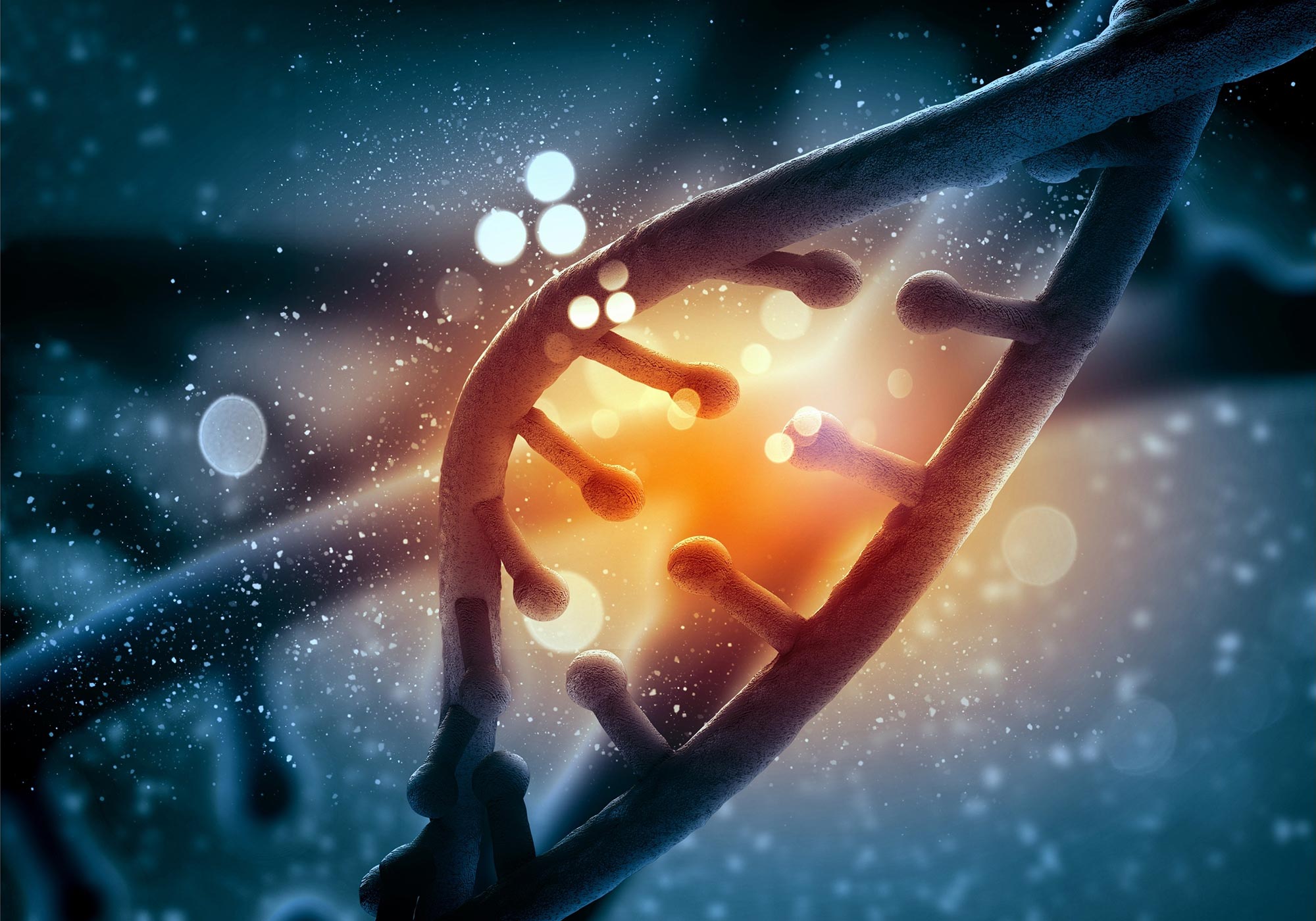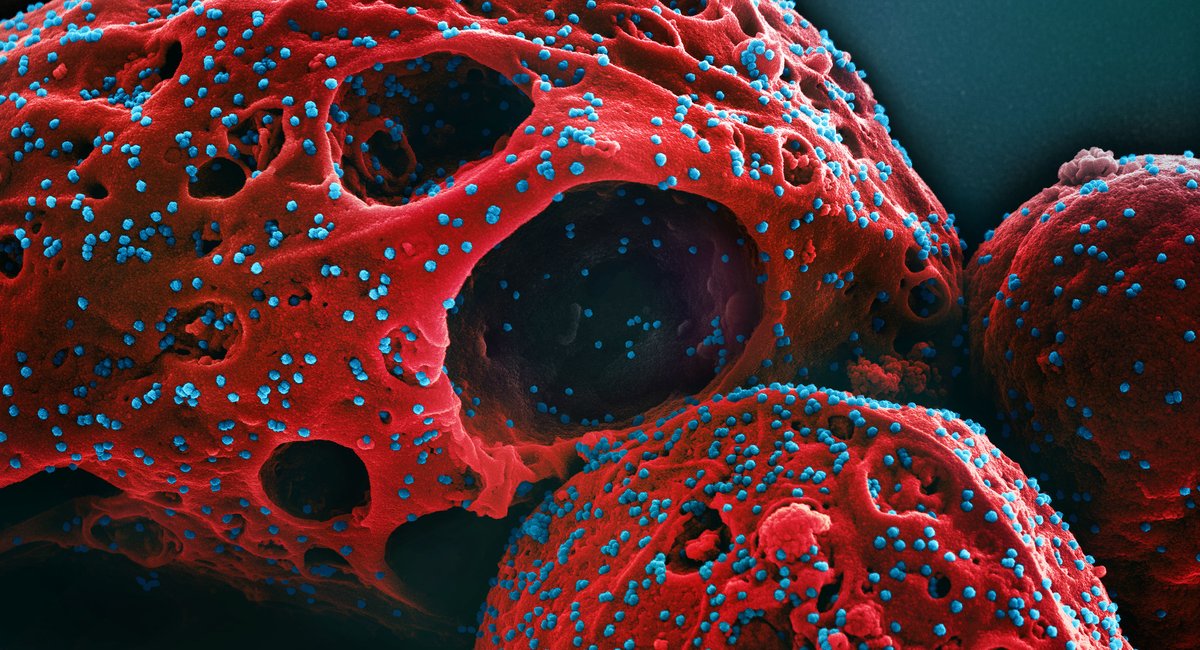A new coronavirus variant called BA.2.86 is now circulating in New York City, the city health department announced on Tuesday. Officials identified the variant in the boroughs’ wastewater, suggesting that it is spreading in communities even though no cases have been confirmed so far.
BA.2.86 has caught scientists’ attention due to several mutations showing up at once on its spike protein, the part of the virus that infects human cells. This large shift is similar to what happened with the omicron variant back in autumn 2021, ahead of one of the larger case and hospitalization surges recorded in the COVID-19 pandemic.
“It’s like deja vu to the original omicron variant,” said Shishi Luo, a bioinformatics expert at Helix, a company that works with public health agencies to track coronavirus variants.
Luo, NYC Health Commissioner Dr. Ashwin Vasan and other scientists said that BA.2.86 could be better at evading immunity from past infections and vaccinations than the strains circulating now. But some of those researchers do not think a BA.2.86 surge will hit the same heights as past waves.
Future outcomes will hinge in part on whether the variant lessens the effectiveness of upcoming booster shots, which are scheduled to arrive in mid-September. While public health experts said these vaccines will still protect against severe disease, they are based on a recent variant that’s very different from BA.2.86.
[–>
[–>
At the moment, it’s hard to say how much this variant will affect COVID-19 outbreaks this fall, as global surveillance systems have identified just a few cases so far.
“It takes time to do the actual experiments to figure out the functional importance of these mutations,” Luo said. It will also take time to find more cases — an increasingly difficult task as fewer people get official PCR tests and as wastewater data is unevenly reported, as shown by a discrepancy in city and state announcements on Tuesday. Gov. Kathy Hochul’s office said that BA.2.86 had yet to be found in the state just hours before the city health department alerted the public about its detection.
City health officials encourage taking precautions against COVID-19, as cases were already rising when BA.2.86 showed up.
“Staying up to date with COVID-19 vaccines, along with other proven prevention tools – like masking, testing and staying home when sick – continue to be our best defense against COVID-19 and other respiratory viruses,” Vasan said in Tuesday’s announcement of the variant’s arrival.
In a statement to Gothamist, the city health department did not address questions about when or where — within the city’s 14 sewersheds — the wastewater sample with BA.2.86 was collected.
“Sampling and sequencing are ongoing,” said spokesperson Patrick Gallahue.
‘Deja vu’ to omicron
Scientists in Israel first identified BA.2.86 about two weeks ago. Then the variant quickly “popped up” in several other countries, said Marc Johnson, a virologist at the University of Missouri, suggesting it had been circulating under the radar for some time already.
Johnson and other experts suspect that the variant might have evolved in a single person with a long-term infection, given its closest evolutionary relative, called BA.2, was circulating widely more than a year ago, in spring 2022. Studies have documented how these persistent infections in immunocompromised people can lead to flourishes of coronavirus mutations. During long struggles to fight off the virus, the germ has more time to adapt.
“We’re sort-of going back in time to the root of this new lineage,” said Paul Bieniasz, a virologist at Rockefeller University. “There’s a fair amount of genetic distance” between BA.2.86 and other current variants.
[–>
Colorized scanning electron micrograph of a cell (red) infected with the omicron strain of SARS-CoV-2 virus particles (blue), isolated from a patient sample.
This “genetic distance” includes about 35 spike protein mutations compared to XBB.1.5, which is currently the most common variant in the U.S. and the target of the updated booster vaccines coming this fall.
As of now, those boosters are a good match to current variants, Bieniasz said. However, BA.2.86 could have an impact on the vaccines’ effectiveness if it spreads widely while they are being distributed.
In a report published on Wednesday, the Centers for Disease Control and Prevention said the fall boosters “will likely be effective at reducing severe disease and hospitalization” from BA.2.86, but this may change as more data becomes available.
This variant will also likely have an advantage in reinfecting people who got COVID-19 earlier this year, Bieniasz said. Still, he thinks it’s unlikely that there will be another large surge in cases comparable to the first omicron wave.
COVID-19 tests and treatments like Paxlovid should not be affected by BA.2.86, according to experts and the CDC report, though research is ongoing.
Wastewater surveillance is key
The declaration of the end of the public health emergency in May made COVID-19 tests less available in health care settings, and sewage monitoring has since emerged as an important way to identify new variants.
“As the wastewater testing has gotten better, the patient surveillance has decreased,” Johnson said. Several variants have been found in sewage before cases were confirmed, he said.
That list now includes BA.2.86, in New York City as well as Ohio and other countries. The CDC publishes variant data from about 400 wastewater testing sites, including the city’s.
But wastewater data from New York City is reported unevenly, with significant delays between when samples are collected and when data is published on dashboards run by the CDC and New York state.
[–>
[–>
This difference between city and state reporting about BA.2.86 on Tuesday was an issue of timing, said David Larsen, a Syracuse University professor who runs the state wastewater surveillance dashboard. “We’ve been on alert for BA.2.86 in wastewater for the past two weeks and haven’t yet found it,” outside of the city announcement, he said.
The city health department alerted the state health department to BA.2.86’s arrival at the same time as it shared this information with the public, said Danielle DeSouza from the state agency.
“The [state health] « Le département étend ses efforts de surveillance pour détecter l’infection par BA.2.86 dans les deux échantillons provenant d’individus testés positifs au COVID-19 et pour détecter les variantes du COVID-19 en surveillant les eaux usées à travers l’État », a-t-elle déclaré.
Cette surveillance restera importante à l’avenir pour suivre l’étendue de BA.2.86 dans la ville de New York. Peñas a déclaré que la ville pourrait être « le canari dans la mine de charbon » pour cette alternative, comme elle l’était dans les phases antérieures de la pandémie.







More Stories
Quelle est la prochaine grande nouveauté en matière de perte de poids ?
Une nouvelle découverte pourrait réécrire les livres sur la génétique
Compenser le sommeil le week-end pourrait réduire d’un cinquième le risque de maladie cardiaque – étude | Maladie cardiaque